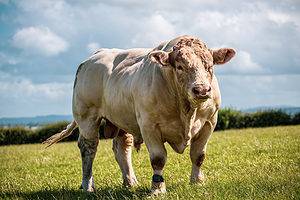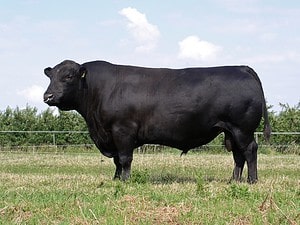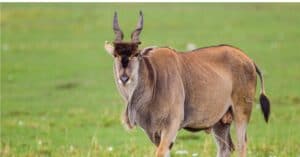Kobe Beef, is the crown jewel of Japanese cuisine hailing from the Tajima-gyu breed of cattle, located in the Hyogo Prefecture. Renowned for its unparalleled tenderness and high levels of fat marbling, this beef isn’t just a dish; it’s an experience for culinary enthusiasts.
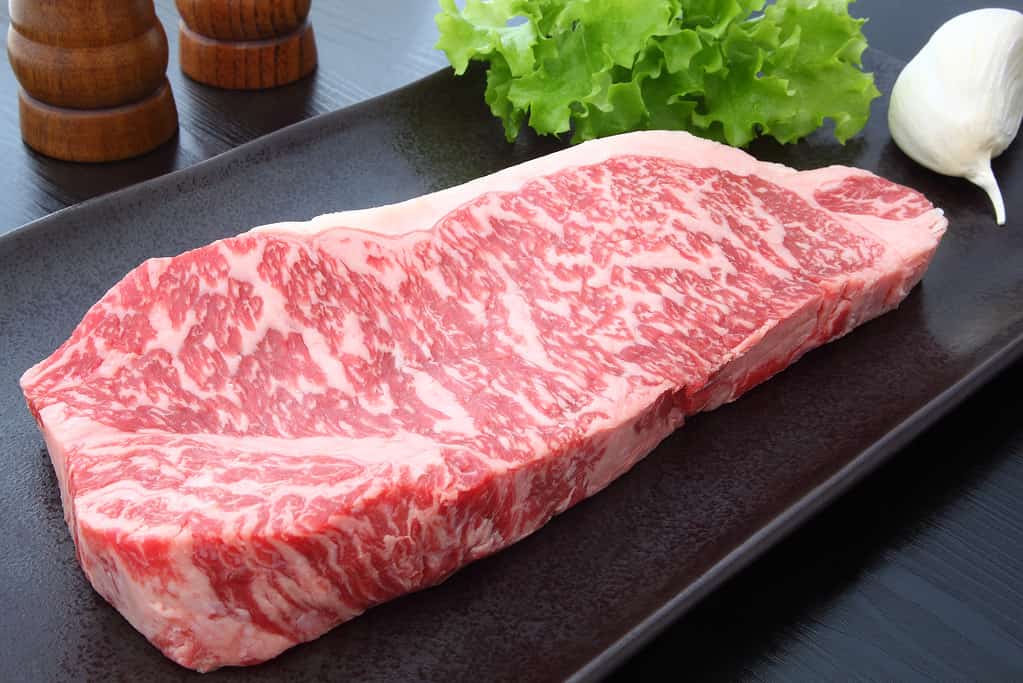
Renowned for its unparalleled tenderness and high levels of fat marbling, this beef isn’t just a dish; it’s an experience for culinary enthusiasts.
©hungryworks/iStock via Getty Images
However, with greatness comes exclusivity and a price tag to match. Many, upon their first encounter with Kobe Beef, are taken aback by its cost, pondering what could possibly justify such a price. You might ask yourself is it merely the brand and prestige? Or is there more beneath the surface? Join us and uncover the real reasons behind its premium cost.
The Origin of Kobe Beef
Kobe Beefs roots lie in Hyogo Prefecture, home to the city of Kobe. For centuries, local farmers have dedicatedly reared the Tajima-gyu breed, striking a balance between nature and nurture. Their effort produces beef that showcases unparalleled care and dedication.
The region’s unique geography and enduring traditions birthed a beef that transcended from Kobe’s homes to global gourmet plates. Its worldwide fame results from centuries of perfected cattle rearing. Yet, for years, U.S. regulations and disease concerns kept Kobe Beef out of America until 2012. The ban only intensified its appeal, cementing its culinary icon status once lifted.
Geography and History of Kobe Beef
Hyogo, in Japan’s Kansai region, boasts a diverse terrain of mountains, plains, and coastlines. The Rokko mountains in the north create ideal microclimates for livestock due to their protective shield. Coastal breezes from the Seto Inland Sea offer moderation and infuse the air with a salt-tinged freshness.
Kobe, the port city giving the renowned beef its name, holds historical significance. As Japan embraced global connectivity during the Meiji Restoration in the late 19th century, Kobe’s port became a bustling international hub. This exposure introduced Kobe Beef to global merchants and travelers, earning it worldwide acclaim.

Kobe’s port became a bustling international hub.
©Sean Pavone/iStock via Getty Images
The history of Kobe Beef embodies Japanese cultural ideals. Their dedication to quality, reverence for nature, and immense pride in their produce are evident in how they rear cattle. Legends speak of feeding cattle beer or sake and massaging them, adding mystique to the beef’s tale.
Tajima Cattle, the Breed Behind Kobe Beef
Tajima cattle, recognized by their sleek black coat, are more compact than many Western breeds. Their smaller stature suits the mountainous Hyogo Prefecture, letting them traverse its challenging terrain with ease. Historically, Hyogo’s isolation kept these cattle from crossbreeding, preserving their genetic purity. This safeguarded the Tajima-gyu breed’s unique traits, like its distinct muscle composition and fat distribution, over generations.
The meat of Tajima cattle is famous for its marbling. Their fat spreads more evenly than in other breeds, resulting in the coveted marbling of Kobe Beef. Beyond its visual appeal, this marbling ensures a melt-in-the-mouth texture and deep flavor. When cooked, the interspersed fat melts, delivering unparalleled buttery richness.
Why is Kobe Beef So Expensive?
Kobe Beef commands a premium price due to its strict production standards, limited availability, and unparalleled quality. Let’s explore the factors that drive its high cost..
Rigorous Rearing and Feeding Practices
Farmers raise each Tajima-gyu calf in an environment closely resembling its natural habitat. The meticulous care extends from giving the cattle ample space to roam and graze, to providing them with a precise blend of high-quality grains and grasses.
The Japanese Meat Grading Association
The Japanese Meat Grading Association does more than just grade beef; they uphold a tradition. They evaluate beef on several fronts: marbling, meat color and brightness, firmness and texture, and the color, luster, and quality of the fat. Because of this exhaustive grading process, only the best cuts earn the coveted rank. This stringent grading guarantees unmatched quality and ensures that beef labeled as Kobe meets a gold standard, driving its market value higher.
Scarcity and Exclusivity
True Kobe Beef is extremely rare. Given the limited number of Tajima-gyu cattle and rigorous grading standards, only a small percentage of beef achieves the Kobe label. This limited production, paired with the beef’s worldwide acclaim, heightens its exclusivity.
Exceptional Flavor and Texture
Biting into Kobe Beef leaves a lasting impression on culinary enthusiasts. Its marbling promises unparalleled tenderness, and its rich, buttery taste, tinged with sweetness, distinguishes it from other beefs.
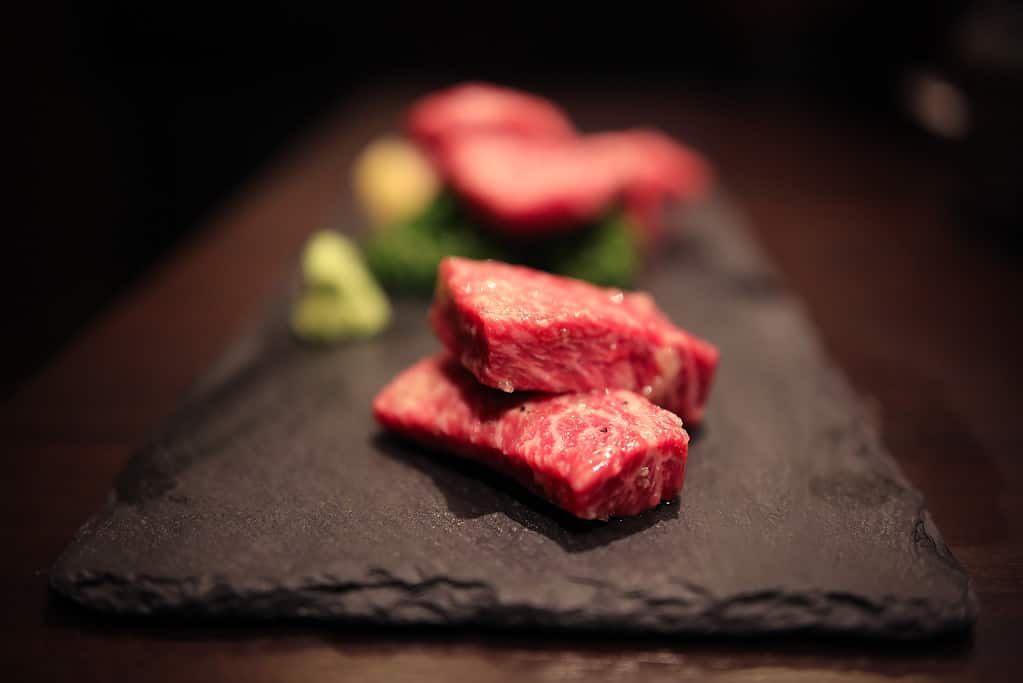
Biting into Kobe Beef leaves a lasting impression on culinary enthusiasts.
©Sergio Rodriguez Jaen/iStock via Getty Images
High Demand and Acclaim
Kobe Beef graces the menus of the world’s finest establishments. Its global demand, coupled with its unparalleled quality, has garnered it numerous accolades in Michelin star restaurants.
Comparison of Luxury Beef Varieties
| Criteria | Kobe Beef | Wagyu | Angus | Tomahawk |
|---|---|---|---|---|
| Origin | Hyogo Prefecture, Japan | Various regions in Japan | Scotland (Aberdeen Angus) | Various (cut of ribeye beef) |
| Breed | Tajima-gyu | Multiple breeds including Kuroge Washu | Aberdeen Angus and Red Angus | Typically Angus or Hereford |
| Marbling | Extremely high; consistent marbling | High; varies by breed and region | Moderate | High near the bone; varies in the steak |
| Texture | Very tender | Tender; specific to the breed and rearing method | Slightly firmer than Wagyu | Tender, especially closer to the bone |
| Flavor Profile | Rich, buttery, slightly sweet | Rich, varies by specific breed | Beefy, less fatty than Wagyu | Beefy, rich due to bone |
| Price Point | Extremely high | High to extremely high based on specific type | Moderate to high | High, given its size and bone-in cut |
| Typical Uses | Steaks, sushi | Steaks, burgers, sushi | Steaks, roasts, burgers | Grilled or smoked as a large steak |
Thank you for reading! Have some feedback for us? Contact the AZ Animals editorial team.





